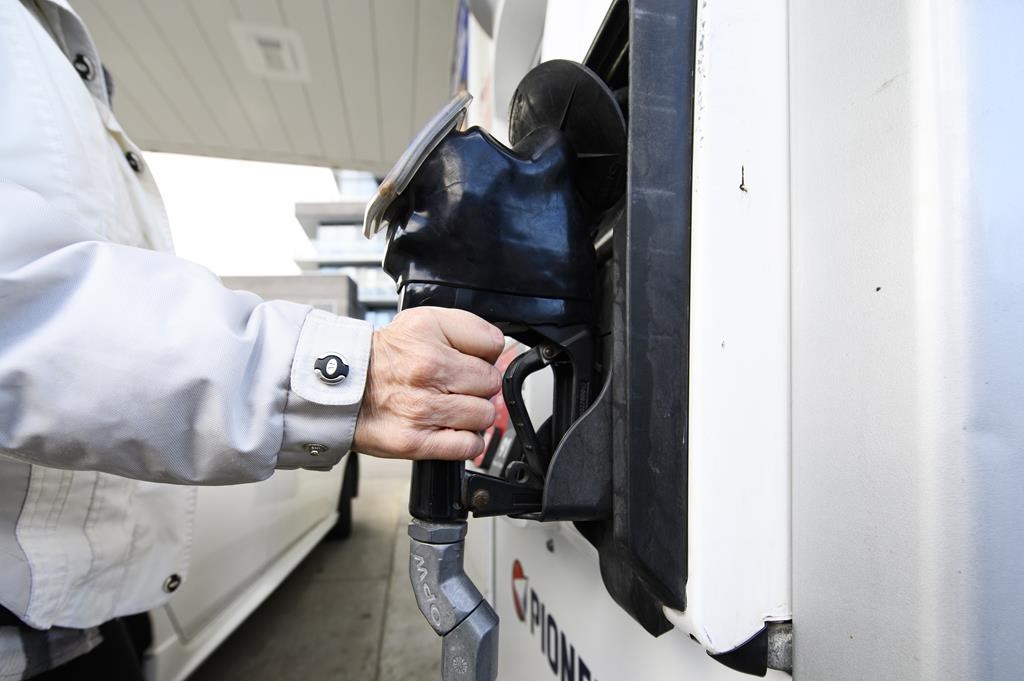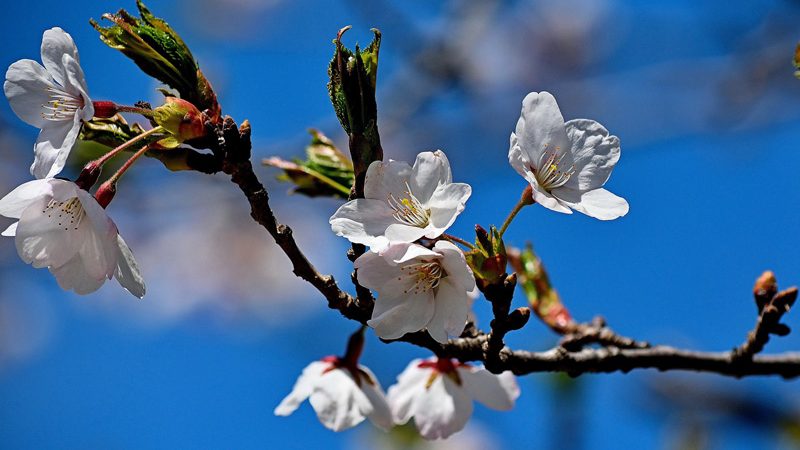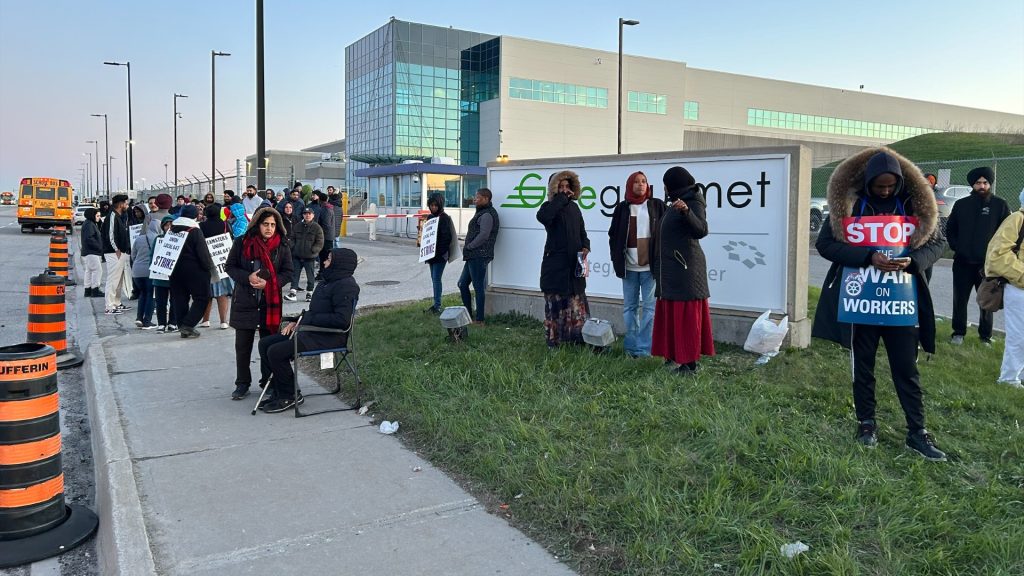How Toronto and Peel Region are trying to break down vaccine barriers
Posted July 11, 2021 6:02 pm.
Last Updated July 11, 2021 8:03 pm.
In parts of the province once hardest hit by COVID-19, the focus in the fight against the virus is now on people who want to be vaccinated, but are facing barriers.
Officials in Toronto and Peel Region say it is accessibility issues rather than hesitancy that are keeping some people from rolling up their sleeves.
In Toronto’s northwest corner this weekend, the city launched its ‘Home Stretch Vaccine Push,’ an initiative to bring vaccines not just to specific communities, but directly to where people live, work and even worship.
“It’s setting up pop-up clinics in the common rooms of apartment buildings, in churches, in basketball courts, in parks, and huge community-based canvassing, going door-to-door in advance,” said Coun. Joe Cressy, the Chairman of the Toronto Board of Health.
In an interview with CityNews, Cressy said getting to a mass vaccination site has been an issue for some. Others face technological or language barriers that make it harder to navigate the system. For one week only, those residents can go to one of more than 20 pop-up clinics set up steps away from their home.
“This is a neighbourhood data-driven approach,” said Cressy. “We’ve looked at not just the postal codes, but the specific addresses, the town house complexes and the apartment buildings where vaccine rates are lower.”
According to city data, nearly 80 per cent of eligible adults have now received their first dose and by the end of the weekend, 60 per cent would have had both.
But in the six neighbourhoods where the pop-up clinics are now operating, vaccination numbers are falling behind. They are Elms-Old Rexdale, Kingsview Village – The Westway, Mount Dennis, Mount Olive-Silverstone-Jamestown, Weston and Englemount-Lawrence.
Mayor John Tory said in those neighbourhoods, 59 per cent of residents have received their first shot compared to 78 per cent city-wide, while 36 per cent are fully vaccinated, compared to 60 per cent city-wide.
“It’s an important part of the effort that we’re now making to reach out, to take the vaccine to the people,” he said.
In Brampton, once Ontario’s worst hotspot, an all-night vaccination clinic this weekend saw almost 7,500 shots go into arms between Saturday and Sunday morning. Over 2,500 doses alone were administered during the overnight hours, with about 1,000 of those going to walk-ins.
“These were families that couldn’t get together to come any other time. These were working single parents. These were shift workers,” Dr. Lawrence Loh, Peel’s medical officer of health, told CityNews.
One individual Loh said he spoke to had been working between 14 and 16-hour days, every day for the past few weeks.
“They got their first dose last night,” he said.
It’s the second such clinic Peel has hosted in an effort to reach those cut off from access. Loh said the region will be transitioning to a more targeted vaccine rollout in the next few months.
“It may be a microtargeted offering at a community centre, it may be a bus that targets areas where there may be lots of essential workers or factories during a certain shift.”
Cressy said he believes Toronto’s pop-up initiative in the northwest part of the city will be the model going forward to get vaccines where they’re needed, block by block, building by building.
But Cressy said the city is also expanding walk-in appointments at three of its mass vaccination clinics — the Metro Toronto Convention Centre, the Hangar, and the Cloverdale Mall, with the goal of making it even easier to get a shot on short notice.
“The last mile of the vaccination campaign is the hardest mile,” he said.










